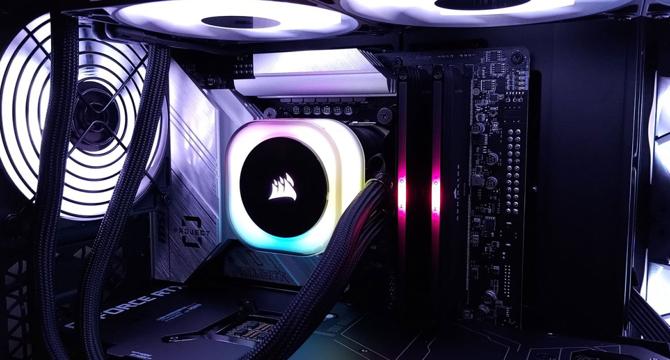Digitaltrends
7d
373

Image Credit: Digitaltrends
You might be cooling your PC the wrong way, here’s how to fix it
- Running the pump of your AIO liquid cooler at full speed all the time might not ensure the best thermal performance as it can lead to issues affecting thermal performance, noise levels, and system longevity.
- Increasing pump speed may not significantly improve CPU temperatures as heat transfer efficiency relies on time.
- Running the pump at 100% speed can accelerate mechanical wear, shorten lifespan, increase noise, and introduce microbubbles that disrupt thermal transfer.
- A more balanced pump speed allows for better heat dissipation, optimal thermal performance, and reduced noise levels.
- Pump speeds above 3000 RPM can result in minimal thermal gains but considerable acoustic penalties.
- AIO pumps are not meant to be run constantly at full RPM as this can significantly decrease their lifespan and cooling efficiency.
- It is recommended to keep the AIO pump at a constant speed around 80% mark for optimal performance based on testing and analysis.
- Using PWM to control AIO pump speeds is generally not advised as it can lead to noise, vibration, and erratic pump behavior, affecting longevity.
- Proper maintenance of liquid cooling systems, including bleeding air, topping off coolant, and keeping radiators clean, is essential for efficient operation.
- Running a CPU cooler pump at 100% may seem aggressive but can result in more harm than good due to various factors affecting system performance.
Read Full Article
22 Likes
For uninterrupted reading, download the app